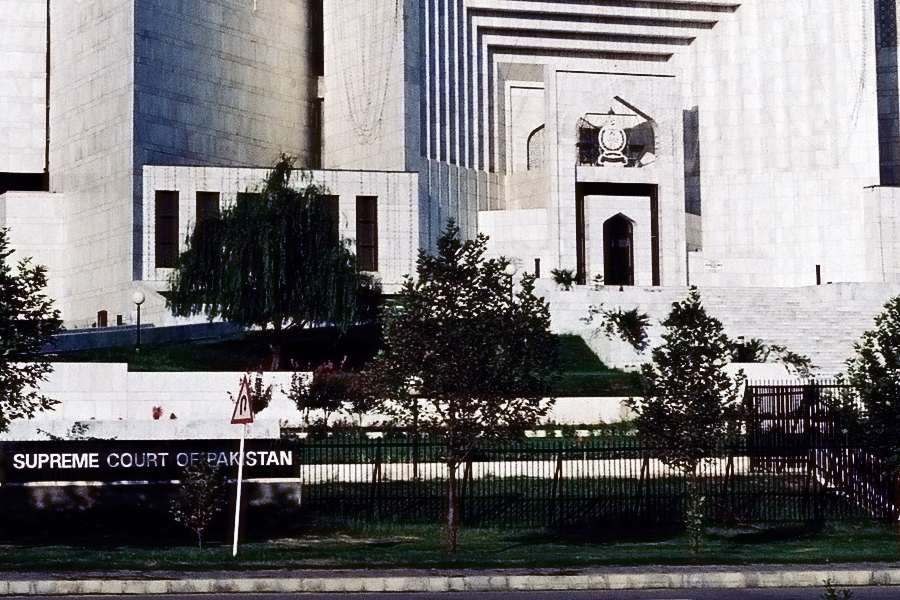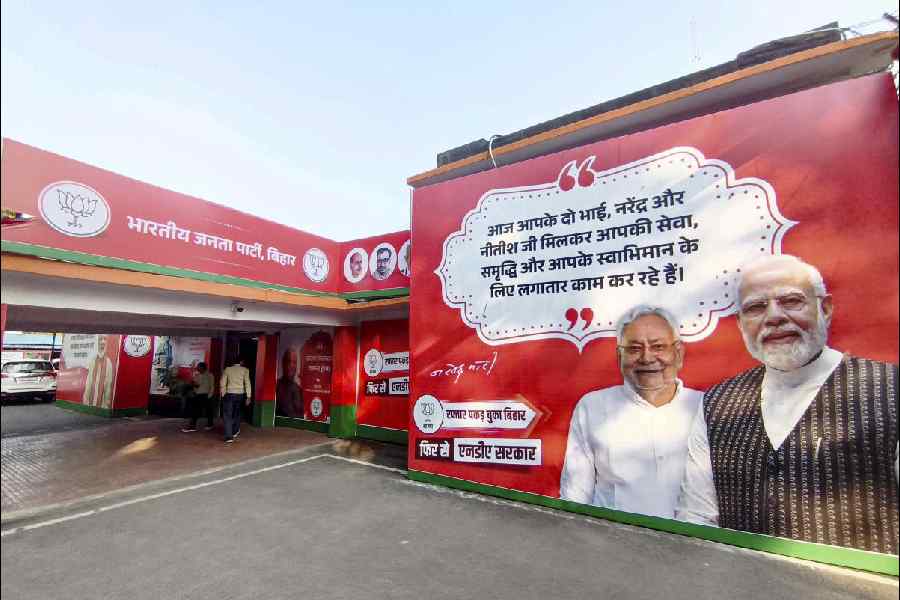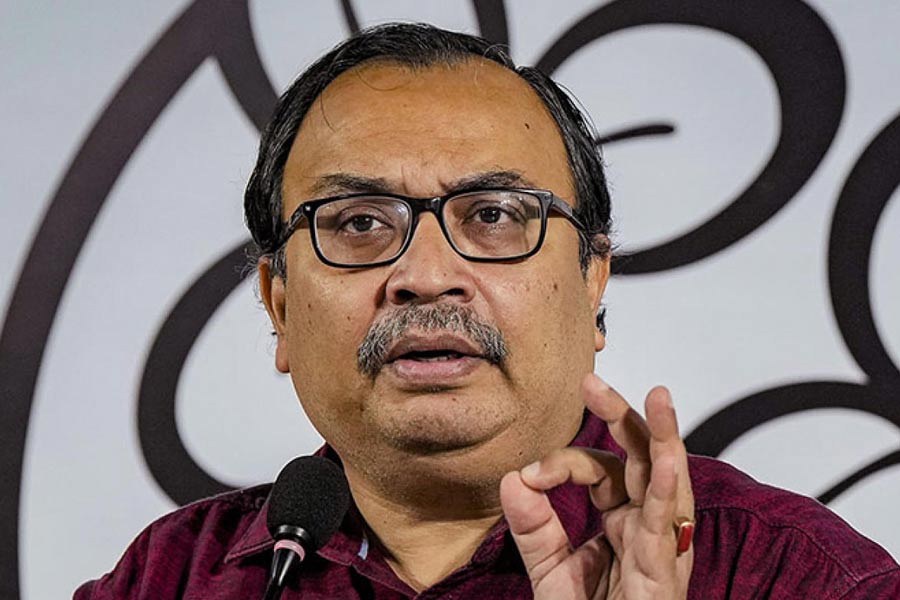Credit rating agencies have started handing out more credit upgrades to companies than downgrades after the third quarter ended December 31 showed a feeble 0.4 per cent growth amid early signs of strengthening of demand.
Crisil Ratings’ credit ratio — or the ratio of upgrades to downgrades — moved up to 1.33 in the second half from a decadal low 0.54 in the first half of 2020-21. A credit ratio above 1 indicates more upgrades than downgrades.
In its Ratings Roundup — a bi-annual report — Crisil said it had upgraded 294 companies in the second half and downgraded 221.
Crisil said the credit metrices could improve further because of the impetus to infrastructure development in the budget, steady farm performance and sustained rural demand, and the vaccine rollout.
However, the rating agency warned the spectre of a second wave of Covid-19 infections looms large.
Rapid progress on inoculation is the key to decisively quell the risk, Crisil said.
The sharp rise in Covid-19 cases since mid-February 2021 and the impact of any stringent containment measures on businesses are the key threats to the nascent demand recovery.
Crisil’s resilience study of 42 sectors showed that only six of the segments — accounting for 4 per cent of rated debt — are highly sensitive to a Covid-19 resurgence, while 20 are moderately sensitive.
Among the highly sensitive sectors, airlines, airport operators, hospitality and retail have a long road to recovery. Gems and jewellery and automotive dealers have benefitted so far.a
“Slower-than-anticipated demand growth, delays in implementation of budgetary or other fiscal measures, and a sub-normal monsoon are the other downside risks to the credit quality outlook,’’ the rating agency said.
On how companies fared in the second half of the previous fiscal, it said that there were fewer downgrades across the spectrum during the period despite the sunset of policy and regulatory measures like the debt servicing moratorium in August and relaxation of default recognition norms in December 2020. These had provided temporary relief at the peak of the lockdown.
According to Crisil, the emergency credit line guarantee scheme (ECLGS) provided much-needed liquidity support to jump-start business activity in the second half of the financial year. But the biggest driver for the increase in credit ratio were the unlock measures, which released pent-up demand across sectors, kick-started the economy and got cash flow from operations flowing for India Inc.
``Moderately resilient sectors such as automotive components and packaging saw a sharp increase in credit ratio led by increased pace of upgrades, even as credit ratio for the moderate resilient category was below 1’’, it disclosed while observing that highly resilient sectors like pharmaceuticals and agrochemicals had performed well and maintained credit ratio above 1 even during the worst phase of the pandemic, backed by sustained demand.
On the other hand, low-resilience sectors like hospitality and real estate developers continue to see more downgrades than upgrades, even as the pace of downgrades slowed in the second half.
The financial sector, too, benefitted from the rebound in corporate credit quality. Regulatory support by way of ECLGS and targeted long term repo operations (TLTRO) kept reported gross non-performing assets in check, as seen by rising collection efficiencies in the second half of the fiscal. Public sector banks (PSBs), which benefitted from capital infusions in the past, returned to black at a systemic level after five years.
Here it said that bank credit growth is set to speed up to 9-10 per cent in the new fiscal after mid-single digit growth in fiscal 2021.
Strengthening of demand recovery and return of India’s GDP growth to a positive territory led to Crisil Ratings credit ratio (ratio of upgrades to downgrades), scaling to 1.33 in the second half of 2020-21 from a decadal low 0.54 in the previous half.
A credit ratio above 1 indicates more rating upgrades than downgrades.
The rating agency said in its Ratings Roundup-a bi annual report which analyses its rating action that during the period, the ratio of upgrades to downgrades stood at 294 and 221, respectively.
It pointed out that the impetus to infrastructure development in the Union Budget 2021-22, steady farm performance and sustained rural demand, combined with the vaccine rollout, hold promise for continued improvement in the credit quality of corporate India even as the spectre of a second wave of Covid-19 infections looms large.
It added that rapid progress on inoculation, is the key to decisively quell the risk posed by the second wave of the pandemic. ``Slower-than-anticipated demand growth, delays in implementation of budgetary or other fiscal measures, and a sub-normal monsoon are the other downside risks to the credit quality outlook’’, Crisil said.
The rating agency however, cautioned that the sharp rise in Covid-19 cases since mid-February 2021 and the impact of any stringent containment measures on businesses are the key threats to the nascent demand recovery and could impact the credit quality outlook adversely. Its resilience study of 42 sectors showed that only 6 (accounting for 4 per cent of rated debt) are highly sensitive to a Covid-19 resurgence, while 20 are moderately sensitive.
Among highly sensitive sectors, airlines, airport operators, hospitality and retail have a long road to recovery, while gems & jewellery and automotive dealers have benefitted so far with supressed demand breaking free, it noted.
On how companies fared in the second half of the previous fiscal, it said that there were fewer downgrades across the spectrum during the period despite the sunset of policy and regulatory measures like the debt servicing moratorium in August and relaxation of default recognition norms in December 2020. These had provided temporary relief at the peak of the lockdown.
According to Crisil, the emergency credit line guarantee scheme (ECLGS) provided much-needed liquidity support to jump-start business activity in the second half of the financial year. But the biggest driver for the increase in credit ratio were the unlock measures, which released pent-up demand across sectors, kick-started the economy and got cash flow from operations flowing for India Inc.
``Moderately resilient sectors such as automotive components and packaging saw a sharp increase in credit ratio led by increased pace of upgrades, even as credit ratio for the moderate resilient category was below 1’’, it disclosed while observing that highly resilient sectors like pharmaceuticals and agrochemicals had performed well and maintained credit ratio above 1 even during the worst phase of the pandemic, backed by sustained demand.
On the other hand, low-resilience sectors like hospitality and real estate developers continue to see more downgrades than upgrades, even as the pace of downgrades slowed in the second half.
The financial sector, too, benefitted from the rebound in corporate credit quality. Regulatory support by way of ECLGS and targeted long term repo operations (TLTRO) kept reported gross non-performing assets in check, as seen by rising collection efficiencies in the second half of the fiscal. Public sector banks (PSBs), which benefitted from capital infusions in the past, returned to black at a systemic level after five years.
Here it said that bank credit growth is set to speed up to 9-10 per cent in the new fiscal after mid-single digit growth in fiscal 2021.











